Great Report Card from EIA on SAF
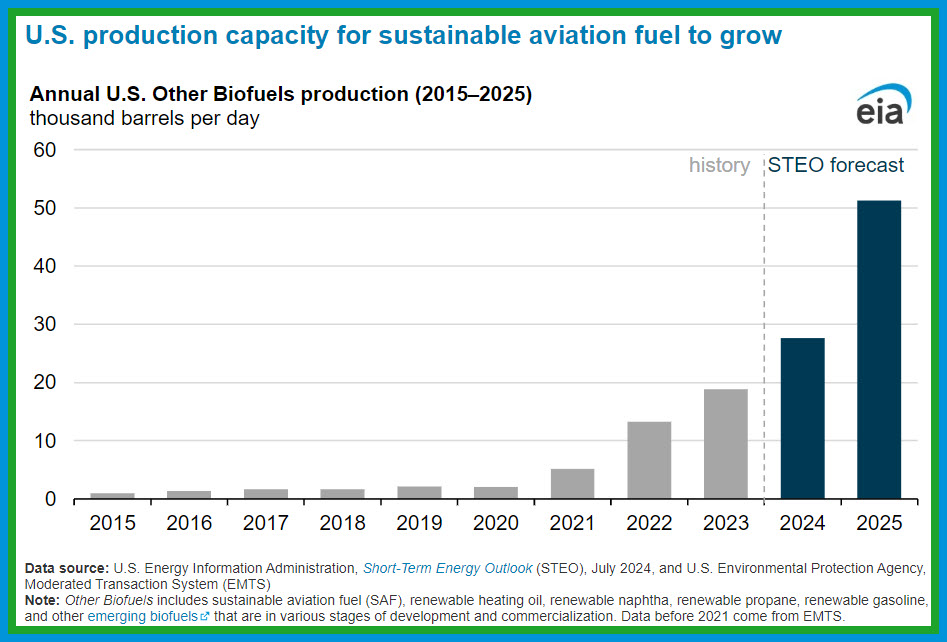
Recently another in a series of significant reports on the HIGH PROFILE challenge facing Aviation’s 2050 ZERO CARBON EMISSIONS GOAL was a discouraging press statement “bp to scale back development of new SAF and renewable diesel projects at existing sites.”[i] Though any loss in the development of this promising green alternative is disappointing, only days later, the U.S. Energy Information (EIA) Administration, Short-Term Energy Outlook (STEO), July 17, 2024, and U.S. Environmental Protection Agency, Moderated Transaction System (EMTS) added a most positive pronouncement – US capacity is growing and may well reach the production level required to fuel a SAF fleet.
EIA forecast an increase from around 2,000 barrels per day (b/d) to nearly 30,000 b/d in 2024 if all announced capacity additions come online. The agency’s optimism was based on two significant investments by the private sector in the much needed production
- Phillips 66’s Rodeo Renewed project to produce up to about 10,000 b/d of SAF beginning this summer,
- Diamond Green Diesel’s Port Arthur SAF project to produce about 15,000 b/d of SAF by the end of the year.

SAF is one alternative to aviation history energy—
- Biomass-based diesel
- Cellulosic biofuel
- Advanced biofuel
- Total renewable fuel
- hydrogen,
- lithium ion battery,
and
- more.
SAF fuel is produced from agricultural and waste feedstocks and is consumed in blends with petroleum jet fuel. Federal incentives, in particular the U.S. Environmental Protection Agency’s Renewable Fuel Standard (RFS), federal tax credits, have drawn capital to develop this critical green fuel. Other EPA policies that have contributed to this positive trend include:
- Extending and increasing yearly volume requirements out to 2022.
- Adding explicit definitions for renewable fuels to qualify (e.g., renewable biomass, lifecycle greenhouse gas (GHG) emissions).
- Creating grandfathering allowances for volumes from certain existing facilities.
- Including specific types of waiver authorities.
The Biden Administration established the 100% of U.S. aviation fuel demand with SAF by 2050. It’s a tall task to replace the current 1.6 million b/d of petroleum jet fuel was consumed in the United States in 2023. By the goal year EIA projects a need to exceed 2.0 million b/d.
The EPA RFS set standards that assure this alternative is truly environmentally sound:
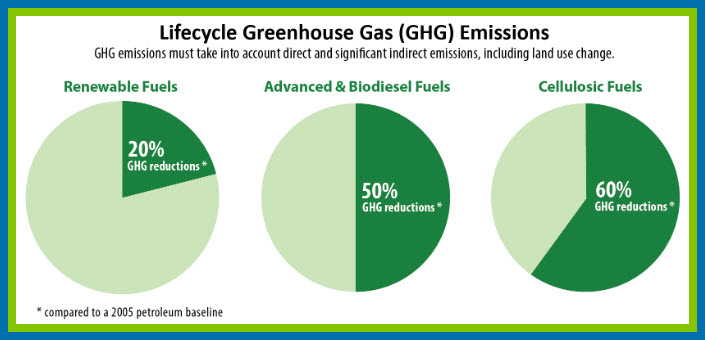
SAF’s transition will encounter fewer infrastructure and distribution will be relatively easy compared to others which likely pose some problems. U.S. refineries have well-established networks for transporting petroleum-based aviation fuel, typically including via pipelines, trucks and waterborne vessels. Assuming that SAF production/blending facilities can utilize this refinery to airport network should lead to commercial viability. Receipt and deployment of blended SAF at airports: blended to meet ASTM D1655 can be “dropped in” airport fuel storage systems along with petroleum-based fuel. The logistics for receiving SAF-blended fuel may need to be developed if the transportation mode for delivering the SAF product to the airport

There are a few aviation issues that will be watched more closely and the attainment of this target is critical for the future of our business.
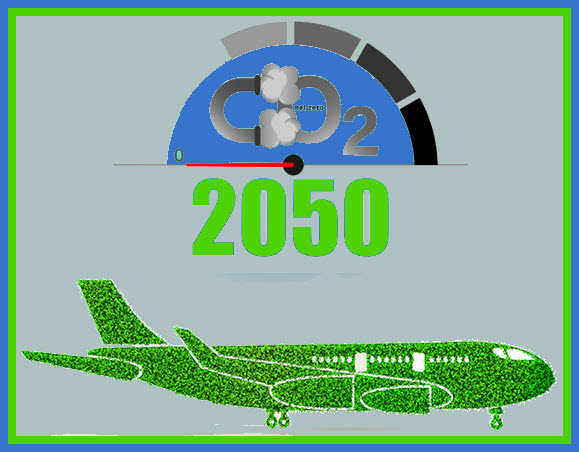
XXXXXXXXXXXXXXXXXXXXXXXXXX

Sustainable aviation fuel capacity domestically to rise fourteen-fold in 2024, US EIA says
By Reuters
July 17, 20245:07 PM EDT Updated 4 days ago
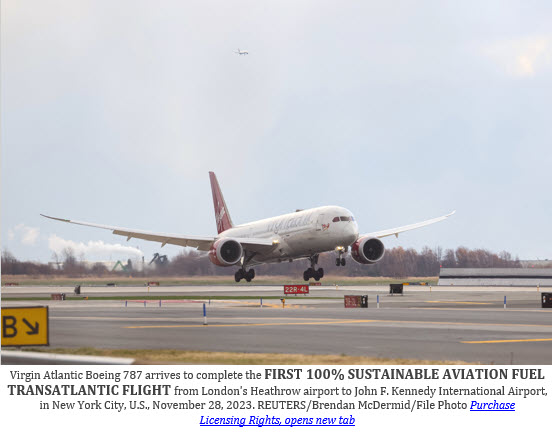
July 17 (Reuters) – Production capacity of sustainable aviation fuel in the United States could JUMP BY 1400% IN 2024 if all announced capacity additions come online, the U.S. Energy Information Administration said on Wednesday.

WHY IT’S IMPORTANT
The EIA anticipates domestic production of biofuels will increase by ABOUT 50% IN 2024, led by rising SAF production.
The White House aims to meet all of the U.S.’s aviation fuel demand with SAF by 2050 and to supply at least 3 billion gallons of SAF annually by 2030.
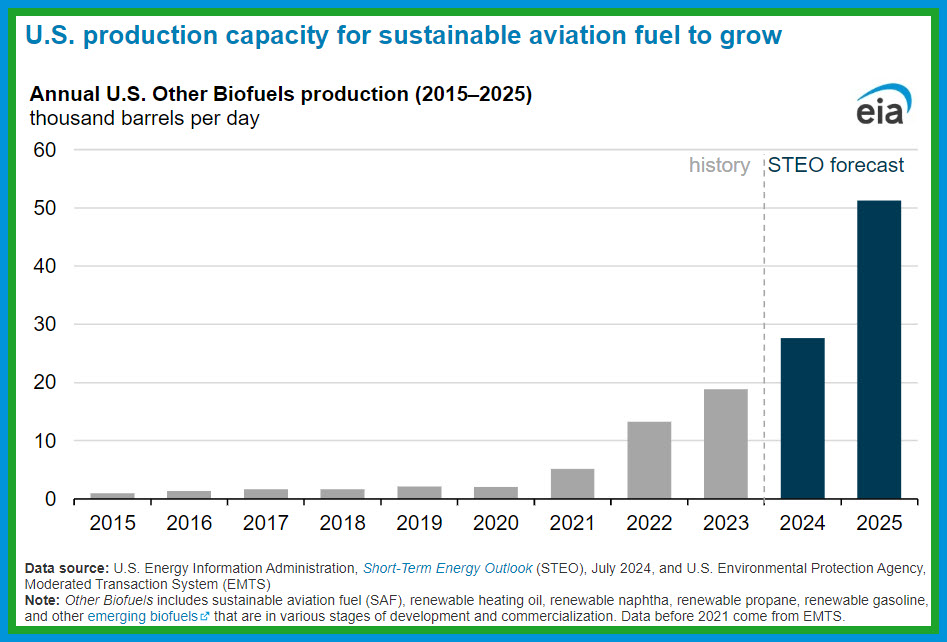
In 2023, the EIA reported that around 1.6 million barrels per day (bpd) of jet fuel was consumed in the country.
SAF, an alternative to petroleum jet fuel, is produced from agricultural and waste feedstocks and has seen increased investments due to benefits from the U.S. Environmental Protection Agency’s Renewable Fuel Standard.
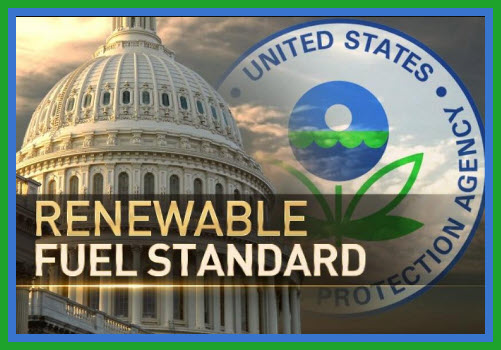
BY THE NUMBERS
The EIA projects that SAF output will rise from 2,000 bpd to nearly 30,000 bpd in 2024.
Phillips 66’s Rodeo facility in California reached its renewable fuel production target of 50,000 bpd in June, of which 10,000 bpd is SAF.

Valero’s (VLO.N), opens new tab Diamond Green project, in partnership with Darling Ingredients (DAR.N), opens new tab, at its Port Arthur, Texas refinery is expected to come online in the fourth quarter of this year and produce 15,000 bpd of SAF by the end of 2024.

XXXXXXXXXXXXXXXXXXXX